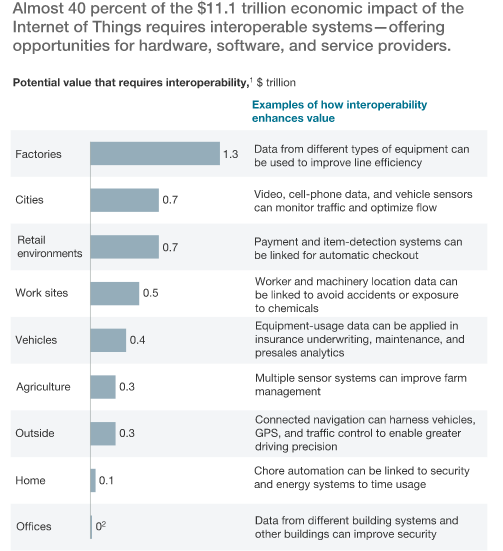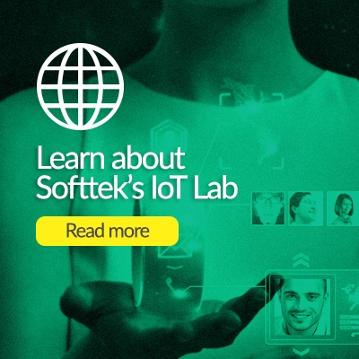In the classic movie, Back to the Future, Marty McFly returns home from the ‘50s in a modified DeLorean car that serves as a time machine and his scientist friend, “Doc” Brown, departs into the future—2015. It was 30 years ago when moviegoers first watched that
scene on the big screen, videos in phone calls, motion sensor games, finger print scanners and virtual payments. With 2015 upon us, we know Doc found a drastically different world than what existed in the 1980s.
The Real Impact of the Internet of Things
If Doc and Marty had come to the 2015 of today, they might have been equally as amazed as they were in the movies, particularly with the incredible advances of the Internet of Things
The Internet of Things (network-connected smart devices that can communicate with each other and with computers that allow self-regulation and allow us to track and control their performance remotely) is transforming companies and markets, opening up a new era of economic growth.
According to a new report released by DHL and Cisco, an estimated 50 billion devices will be connected to the Internet by 2020, compared to 15 billion today.
But how is the Internet of Things landscape changing the world of business? Here are three ways:
- Big Data demands. The amount of data produced by the IoT hasn’t overwhelmed Big Data pros – yet. But it’s coming. As Howard Baldwin from Forbes.com said: “But once the Internet of Things gets rolling, stand back. We’re going to have data spewing at us from all directions – from appliances, from machinery, from train tracks, from shipping containers, from power stations.” We’re going to need beaucoups of infrastructure to do the analytics, and a lot more humans to do the analysis (they still need humans for that part!).
- Economic impact of B2B. According to a recent McKinsey Global Institute report, the networking efficiencies and opportunities created by the Internet of Things may have a global economic impact of as much as $11 trillion per year by 2025 across multiple sectors. The report also suggests that, although consumer applications seem to be on the leading edge of adoption, nearly 70 percent of the projected economic value will eventually come from the use of sensor technology and swarm intelligence among B2B users.
- Changing our lives: The chart to the right from

the McKinsey report shows the many Internet of Things' benefits. Some that stood out to me: video, cell-phone data and vehicle sensors can monitor traffic and optimize flow. Hallelujah! Worker and machinery location data can be linked to avoid accidents or exposure to chemicals – very important, for workplace safety in mines and construction sites. And most importantly: household chore automation!
Conclusion
While life often does imitate art, and we’re seeing that a lot of that eerily come true today, the impact of the Internet of Things is actually really beneficial. When companies retool their IT architectures to capitalize on this connectivity they’ll have a tremendous opportunity to create new sources of value for customers.
The IoT is now, transforming industry even as we speak…and we think Marty and Doc would be impressed!























